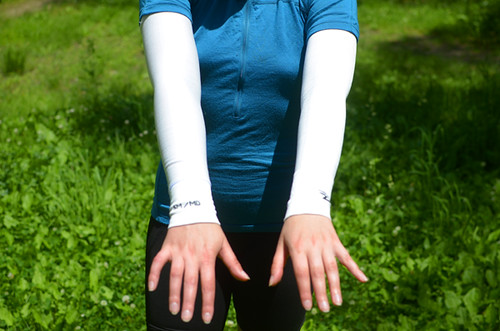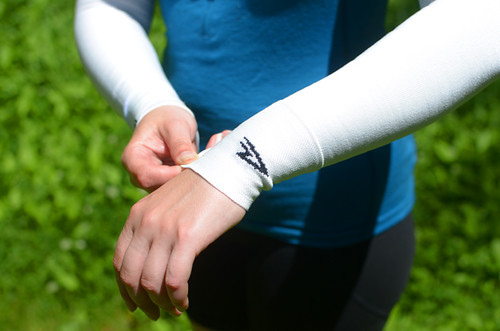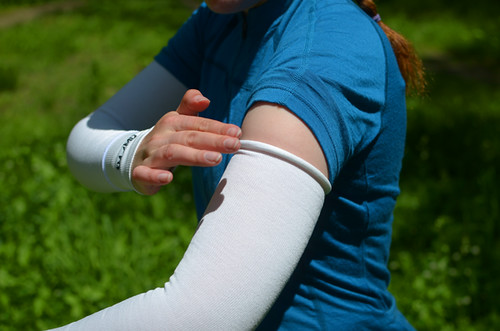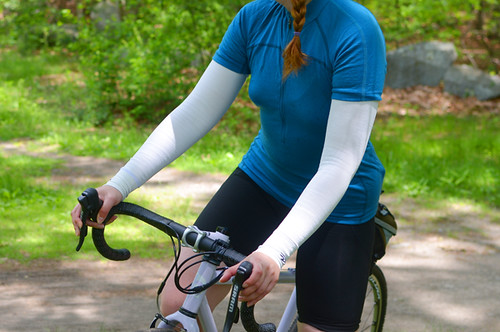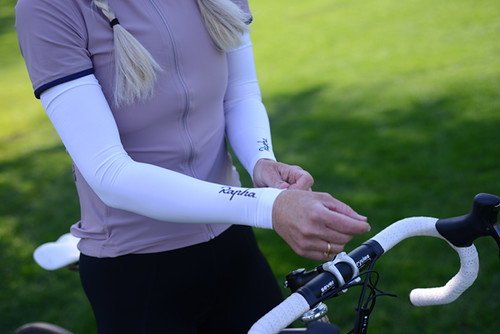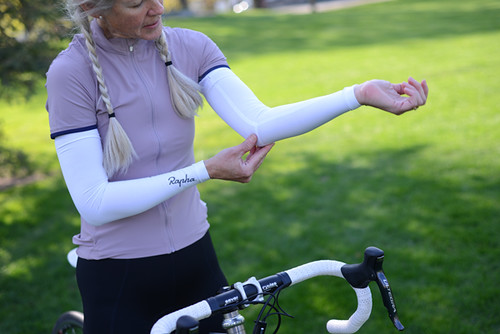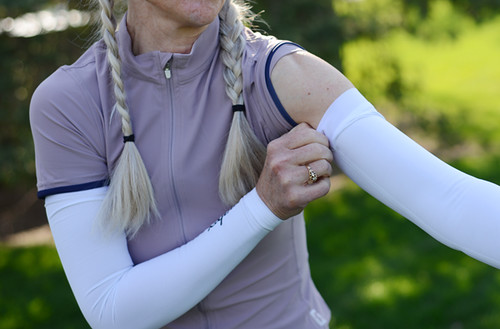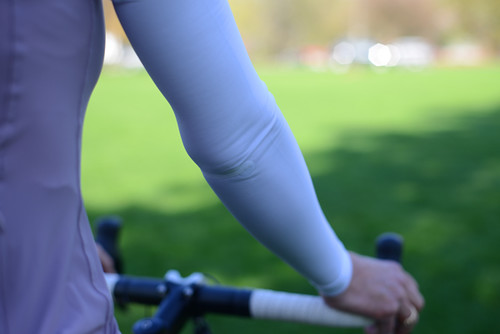
While I both travel and cycle a great deal, I have come to the conclusion that bicycle touring is not for me. This is not to say that I have anything against bicycle touring at all; it sounds like fun for those who enjoy it, and I love reading others' accounts of it. But it does not appeal to me personally for the same reason I've never liked touring in general: I am not satisfied passing through places. For instance, the idea of touring Ireland - that is, trying to see as much of the island as possible by going from town to town - would leave me feeling disoriented and empty. I enjoy getting to know a place, connecting to it in some way. And I don't feel that I can do that via sight seeing and moving on.

The way I see bicycle touring, is that it is first and foremost about traveling by bike. But what if we want to delve deeper rather than go further? Exploring by bicycle could be a rewarding alternative.
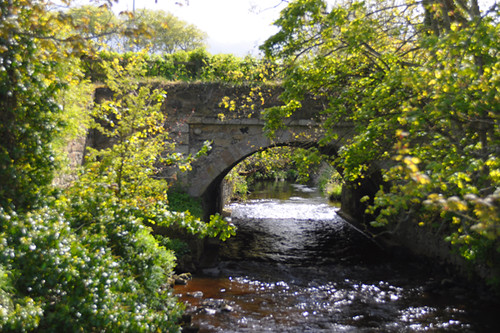
My idea of exploring involves choosing a location of significance, and committing to staying there for whatever length of time is sufficient in order to feel settled. For me that means a minimum of a week. The key is then to have something to do there other than sightseeing in of itself. A work-related project. An artistic, literary or research pursuit. Relatives or friends to visit. Something that anchors me to the place and provides an occupation.

Long ago I've noticed that when we approach a trip as a vacation, we expect the place we are visiting to entertain us. But that approach cannot possibly reveal what this place is truly like. For that we need to actually experience it in a real-life setting, as a temporary resident with a purpose rather than as a tourist. We will still get to see all the sights while there, but everything we see will attain a far greater sense of context and personal meaning.
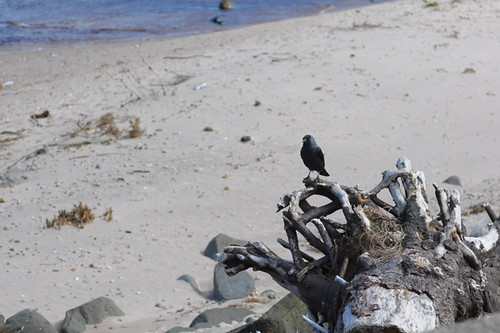
We will also be much more likely to notice nuances that might have otherwise evaded us.
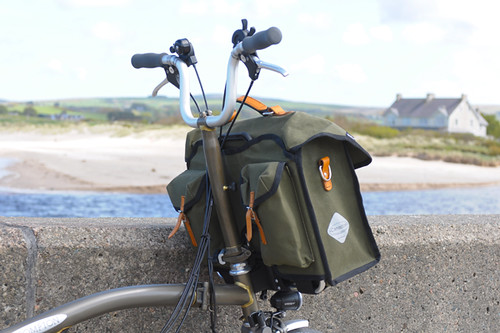
So where does the bicycle come into all of this? Well, to me the bicycle makes an ideal tool for exploring, in that it allows me to set my own pace and to vary that pace spontaneously. I can go as fast or as slow as I like. I can cover long distances or I can ride around in circles. I can carry all that I need with me for the day, transitioning easily between cycling for the sake of cycling, exploring, and transportation. On my first day on the Antrim coast my travel radius was tiny, but I rode quite a bit. Another day I might find myself 50 miles from my home base.
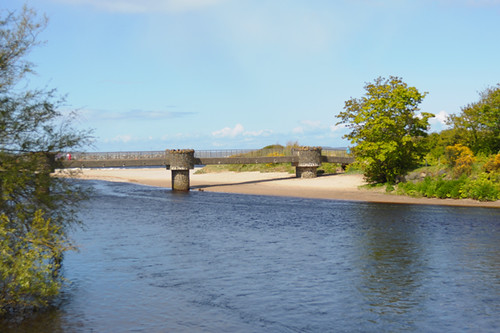
On my bike, I can feel the landscape open up and reveal itself to me as it never does with any other mode of transportation. I can also ride to the grocery store - or to the pub, or to the library, or to a meeting, or to a friend's house.

The bike allows me to feel at home, comfortable, and entirely independent in the place I am exploring and I couldn't ask for more. Maybe I will tour some day. But for now I prefer to stay put and go deep. The bicycle is as perfect of a companion for this kind of travel as it is for touring. The possibilities are endless.
















